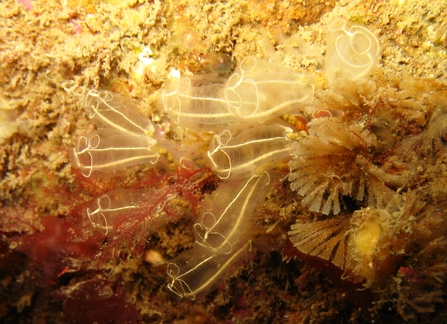As part of a three-phase process, in 2013 and 2016, 50 areas were classified by the Government as Marine Conservation Zones (MCZs), with the last phase awarding 41 MCZs in 2019, making it the largest single expansion to the UK’s ‘blue belt’. One of these Marine Conservation Zones is the Orford Inshore.
Located 14km offshore from the Alde - Ore Estuary, Orford Inshore covers an area of approximately 72 km2 in the southern North Sea where it joins the neighbouring Blackwater, Crouch, Roach and Colne Estuary MCZs in Essex and The Cromer Shoal Chalk Beds MCZ in Norfolk.





